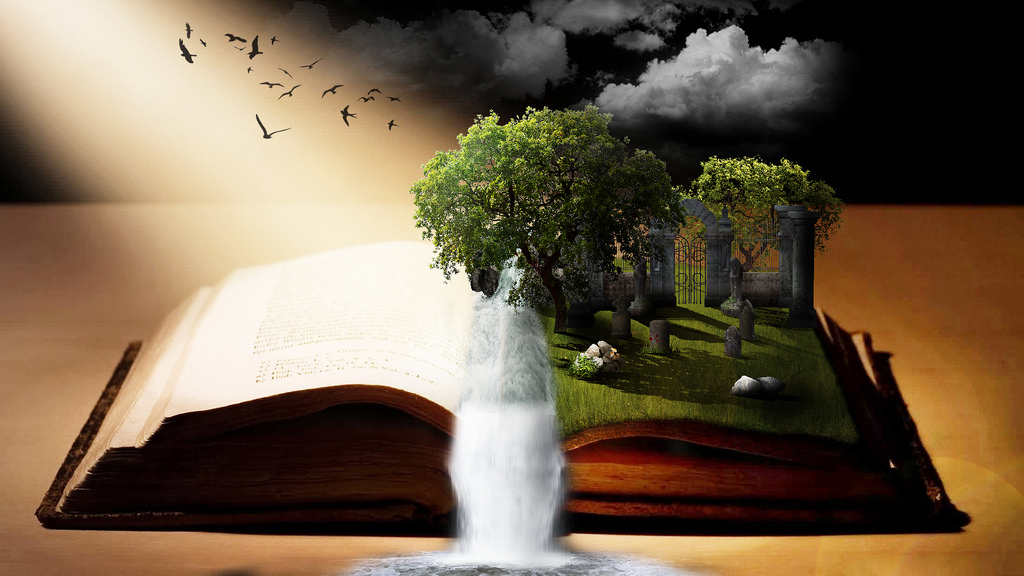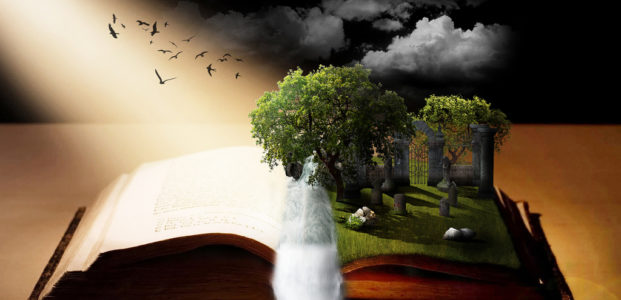“Imagination is more important than knowledge. For knowledge is limited, whereas imagination embraces the entire world, stimulating progress, arousing evolution.” – Albert Einstein
Ready for a small experiment?
Read this:
The transits of Mercury in front of the Sun are historically significant. The trajectory of Mercury in front of the Sun, as well as the start and end times of the transit, depend on the observer’s location on Earth. These variations depend on the distance of Mercury. If we know the distance of Mercury, we can know the distance of all the planets. In fact, Kepler’s third law states that the square of the orbital period of a planet around the Sun, divided by the cube of its average distance from the Sun, is constant. Before the careful observation of Mercury’s transit in 1677, the orbital periods of all the planets were well known, so if we learned the distance of one planet, we could deduce the distance of all the others.
Ok now, scroll.
…
…
…
…
…
…
…
…
…
…
…
…
…
…
…
…
…
…
Question: Can you think about what happened in your mind when you read this text? How did the words enter your mind? As words? As images? Sound? Anything else?
If I wanted to try to refine your understanding of this first text without you rereading it, would it help if I told you that Mercury is the closest planet to the sun? Or that Kepler’s third law is written as ![]() with
with ![]() being the mass of the sun?
being the mass of the sun?
My bet is that it does not really help. Your understanding of this first text is a bit blurry, you mostly read words rather than formed images in your mind. You did not really feel much, and my additional remarks probably went over your head. So what?
Well, let us try another piece of text.
Read this:
And there was also one last surprise, in honour of Bilbo, and it startled the hobbits exceedingly, as Gandalf intended. The lights went out. A great smoke went up. It shaped itself like a mountain seen in the distance,
and began to glow at the summit. It spouted green and scarlet flames. Out flew a red-golden dragon — not life-size, but terribly life-like: fire came from his jaws, his eyes glared down; there was a roar, and he whizzed three times over the heads of the crowd. They all ducked, and many fell flat on their faces. The dragon passed like an express train, turned a somersault, and burst over Bywater with a deafening explosion. – The Lord of the Rings
Ok now, scroll.
…
…
…
…
…
…
…
…
…
…
…
…
…
…
…
…
…
Same question: What happened in your mind when reading this text? How did the words enter your mind? In the form of words? As words? As images? Sound? Anything else?
I bet that this time, your experience was different. You probably “saw” a dragon, maybe you missed its colour (red and gold), but you have a picture to start with. The old Gandalf somewhere in the corner, a crowd of Hobbits, some movement.
Here is some additional information surrounding this scene:
The dragon explodes over a village called Bywater, which is not Bag-End, which is where Bilbo, Frodo, Sam & co. live at the beginning of the trilogy. This means that the dragon explodes some distance away, although it is still visible. Thus, Bag-End and Bywater cannot be too far from each other.
In order to make a red firework, nitrates of strontium are often used, with the chemical formula ![]() . In order to make gold you can add Iron, Carbon, or Sulfur, and even if Gandalf is a magician, it probably made his life easier to find the right chemical compounds for the colours, so he could focus on the shape of the dragon.
. In order to make gold you can add Iron, Carbon, or Sulfur, and even if Gandalf is a magician, it probably made his life easier to find the right chemical compounds for the colours, so he could focus on the shape of the dragon.
You may still not quite see what on Earth this article is driving at, but I am quite convinced that it is easier to take in additional information after reading the second text than it was after the first one.
So, what am I trying to say? That a great work of fiction is easier to read than a paragraph about physics? Obviously, that is true, but why?
I believe that the main difference between reading about physics and reading good fiction is that the work of fiction somehow helps you create a mental image of what is described. The presence of this mental image is what allows subsequent information to land, as the mental image expands and gets refined.
Mental images could help when studying physics too. If you can build a mental image of the messages you receive, whether in a lecture, a textbook, or a friend’s explanation everything becomes much easier. It is easy to store information in an image, it is easy to modify the image with additional details, or even to correct the image if you misunderstood something the first time around. It is easy to adapt it to a similar problem, and easy to remember it. Of course, it is not as easy to build convincing mental images during Classical Mechanics lecture 17 about the Frenet-Serret formulas as it is while reading Philipp Pullman but it is really worth trying. If your only way of receiving information is to try and somehow store words and formulas, you are likely to get stuck.
Why not try and create an image at the same time as listening to your formulas? This way, your mental imagery and the formulas would merge in harmony, creating something, almost impossible to forget.
To be sure, all of this may sound really out there to you right now. But the truth is, I am almost sure you have already done this many times, and the more you pay attention to this mental process, the more it will make sense.
So, yes, again, it is much more difficult to form an image of a physics module than of a passage from a fiction book, BUT, you also have much, much more time to do it. The study of a physics chapter goes (ideally) like this: you start with a one or two-hours lecture discussing a theme. A little later, if you have the courage, you will spend between 5 minutes and 1 hour rereading your lecture notes. Then you will have a seminar on the same subject. And another lecture on a very similar topic that builds on the previous one. You may even do some laboratory experiments that have a link with these ideas. And at some point, you will undertake revisions before your exam, and then pass the exam itself. Even then, it does not end: in the following years, you will probably reuse aspects of the same topic, etc.
Summing all of this up, you have between 4 and 7 hours to form ONE image of this subject. Compare that to the 3 minutes you have to form an image in a fiction book before moving on to the next scene!
Mental images are good. Do not despair if they come slow: you have time, you have lots of time, so trust Einstein, and imagine.

